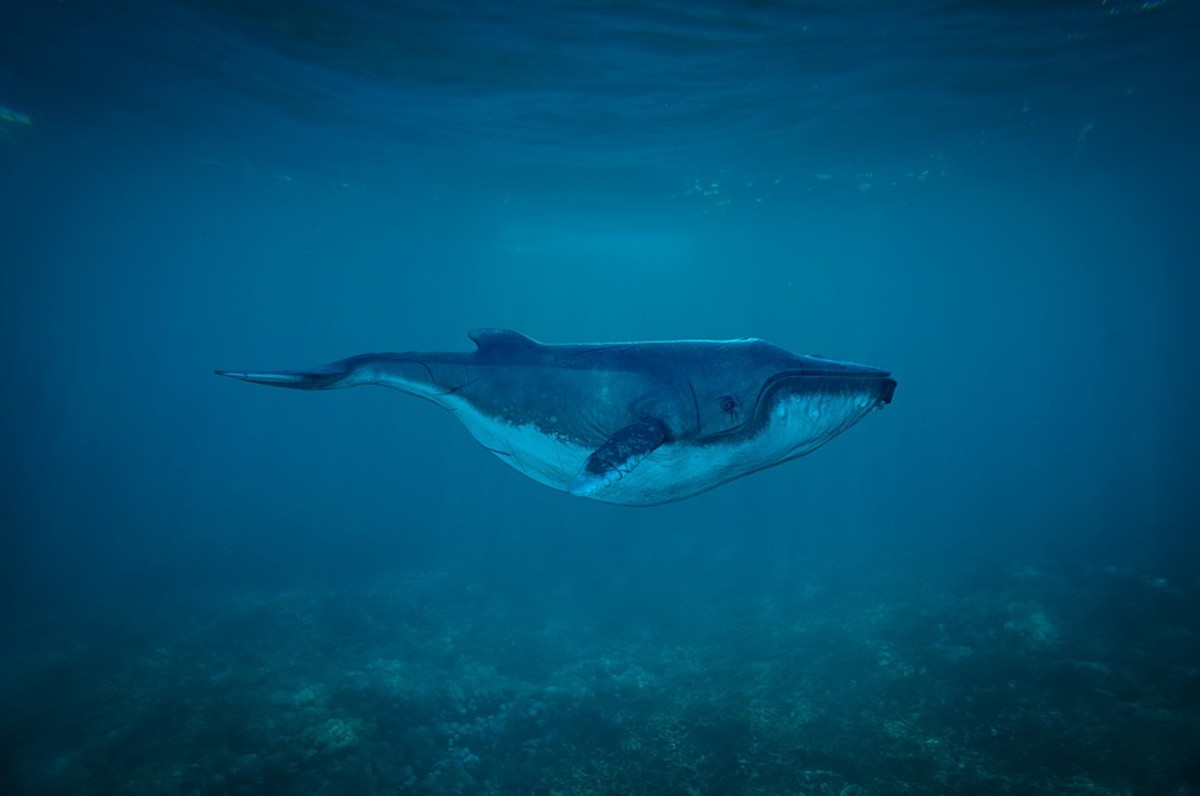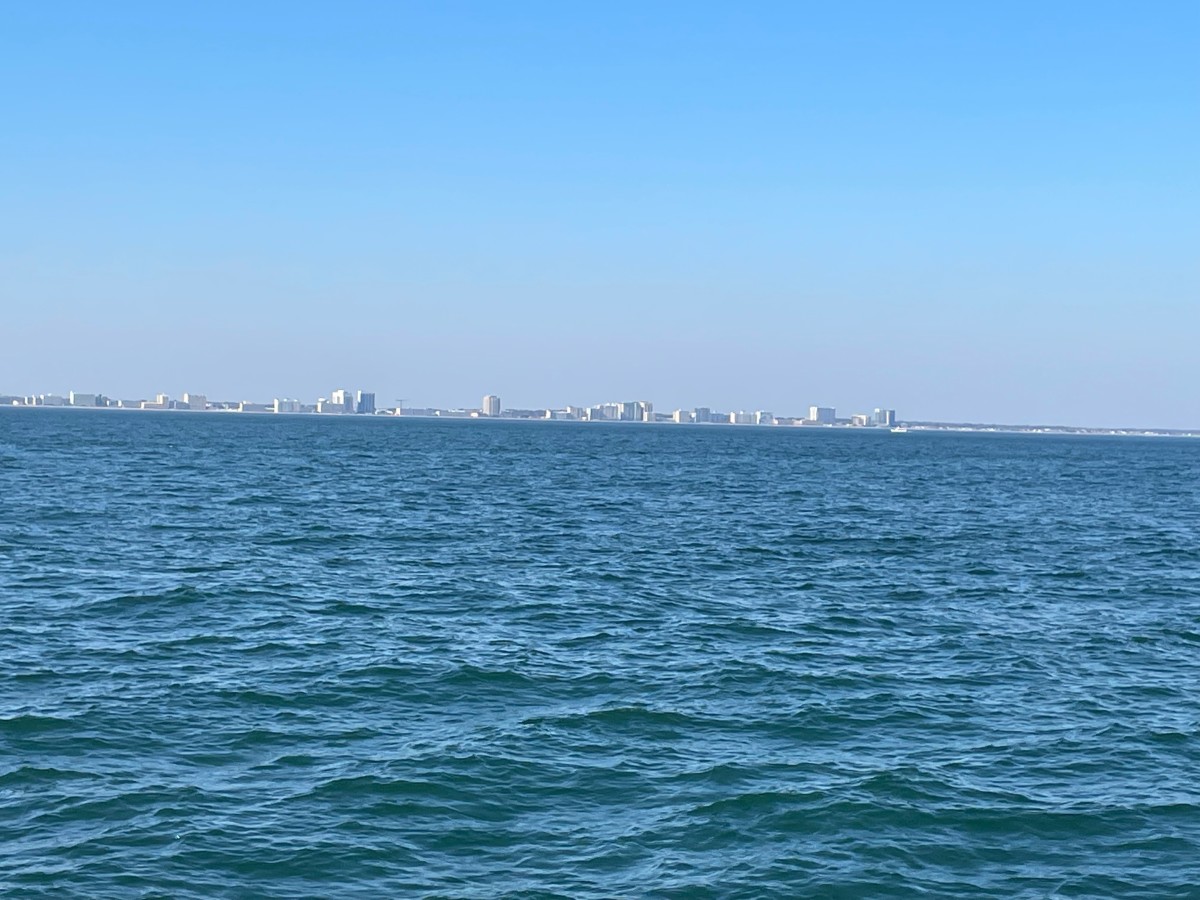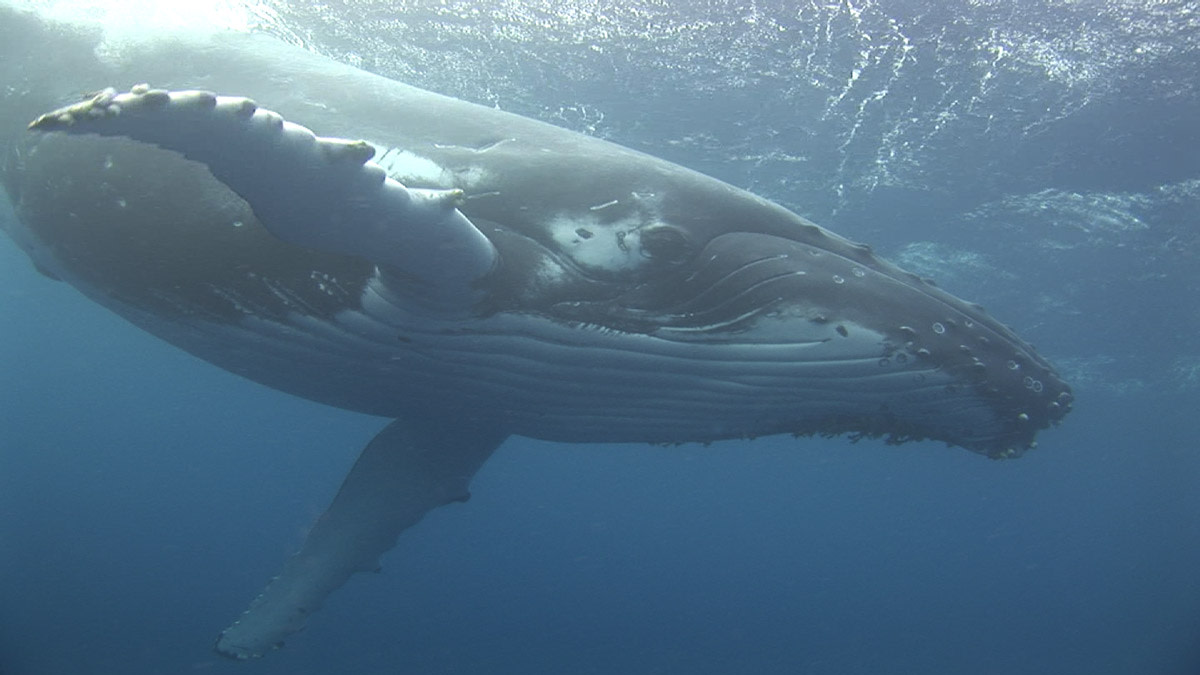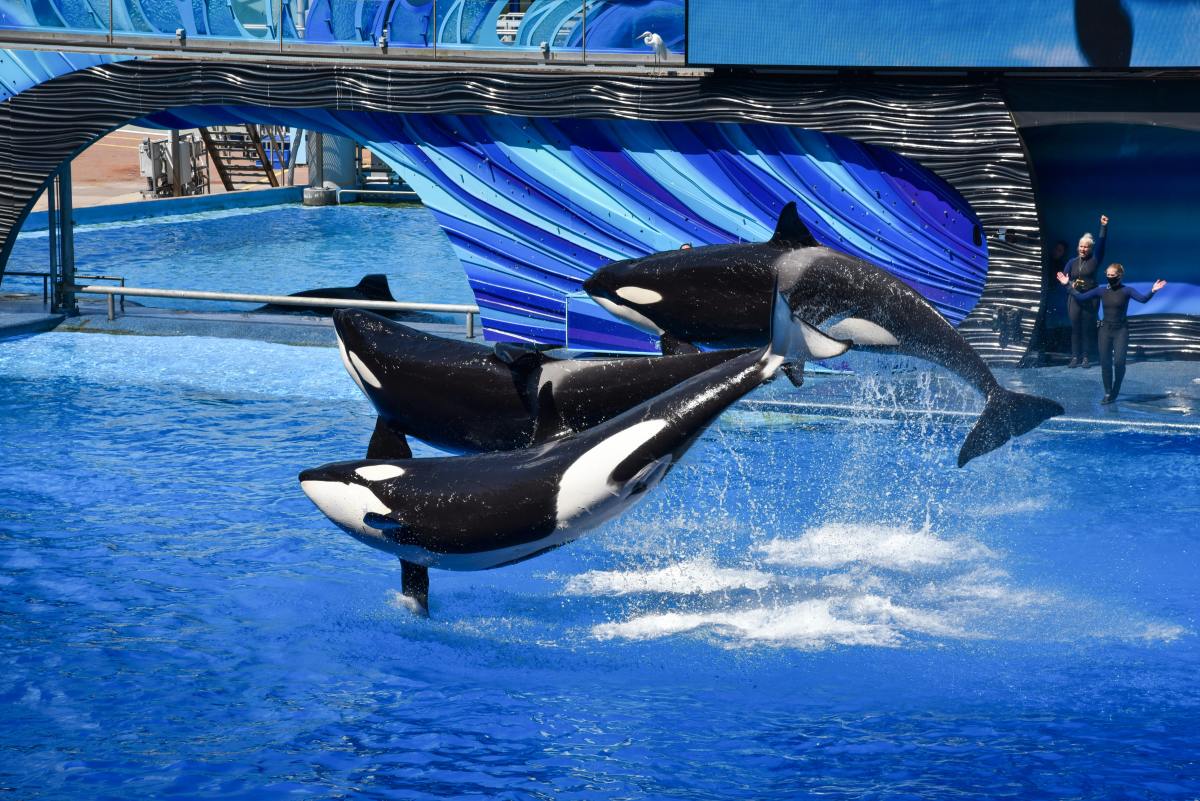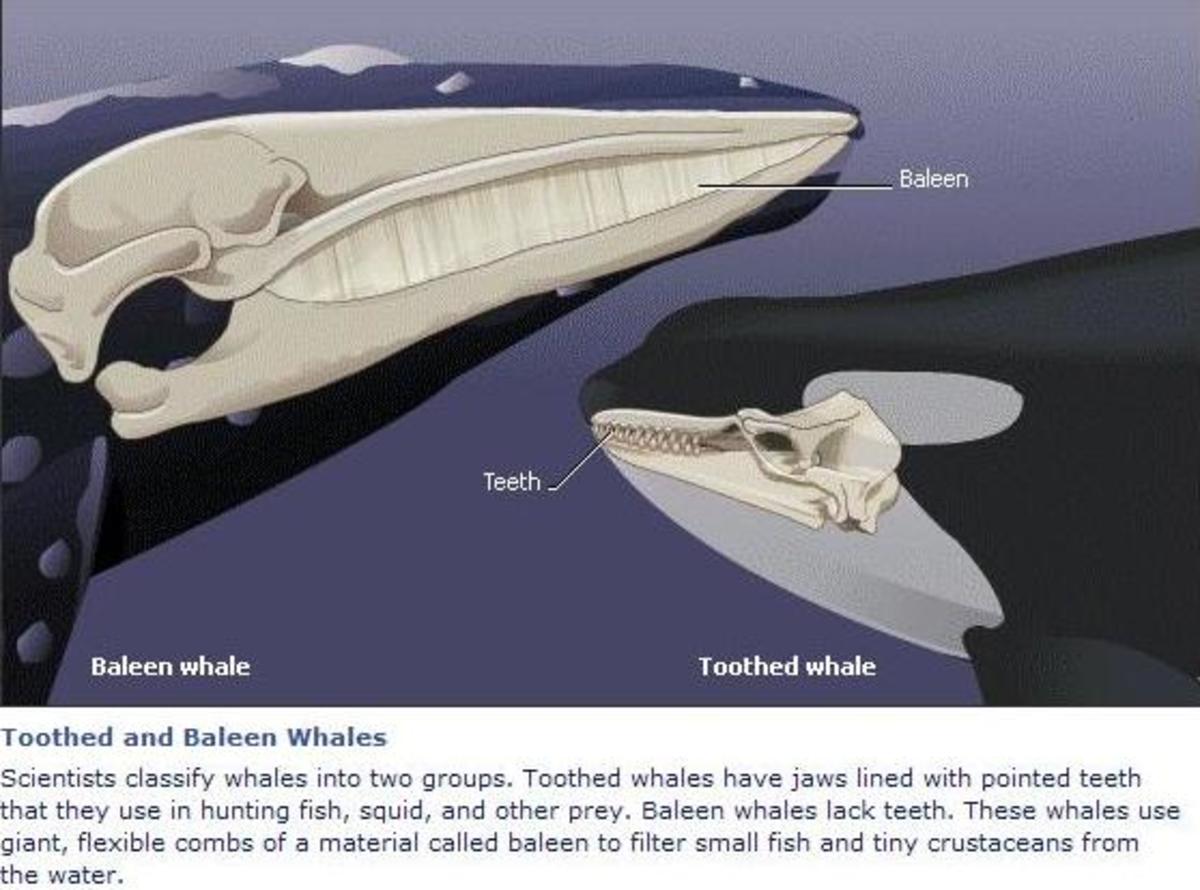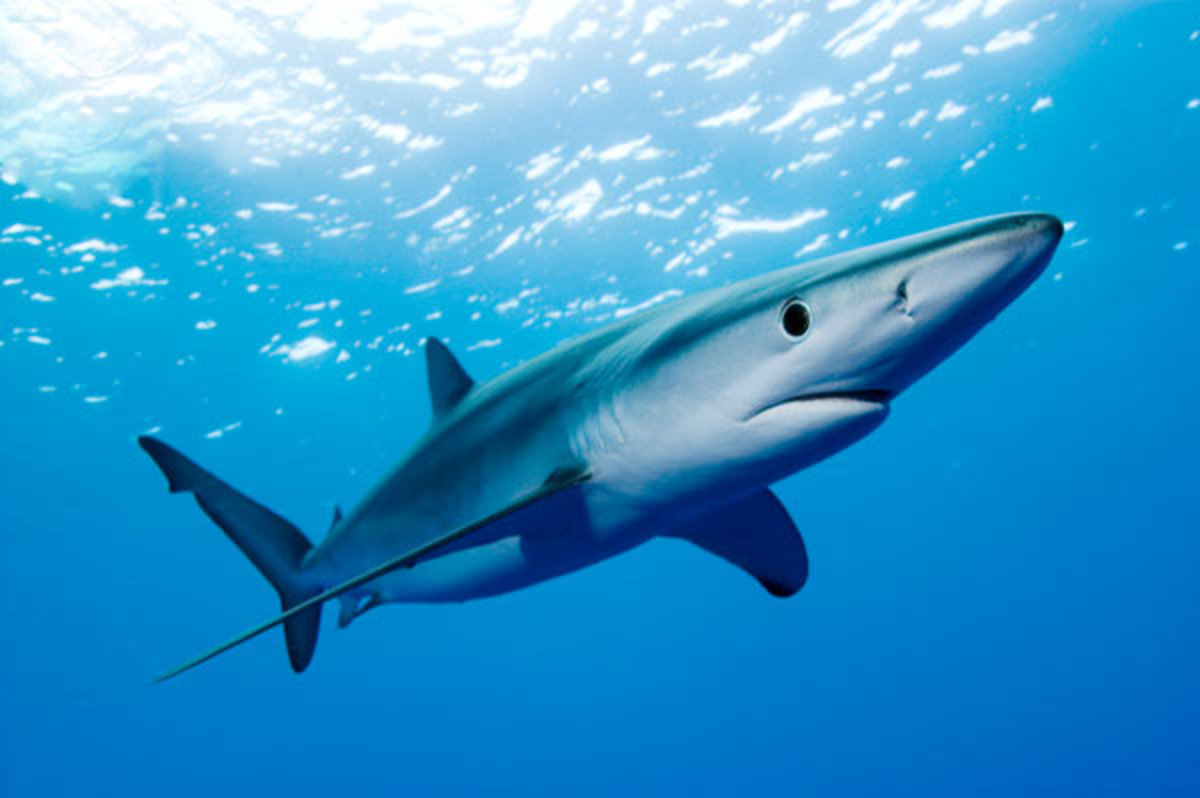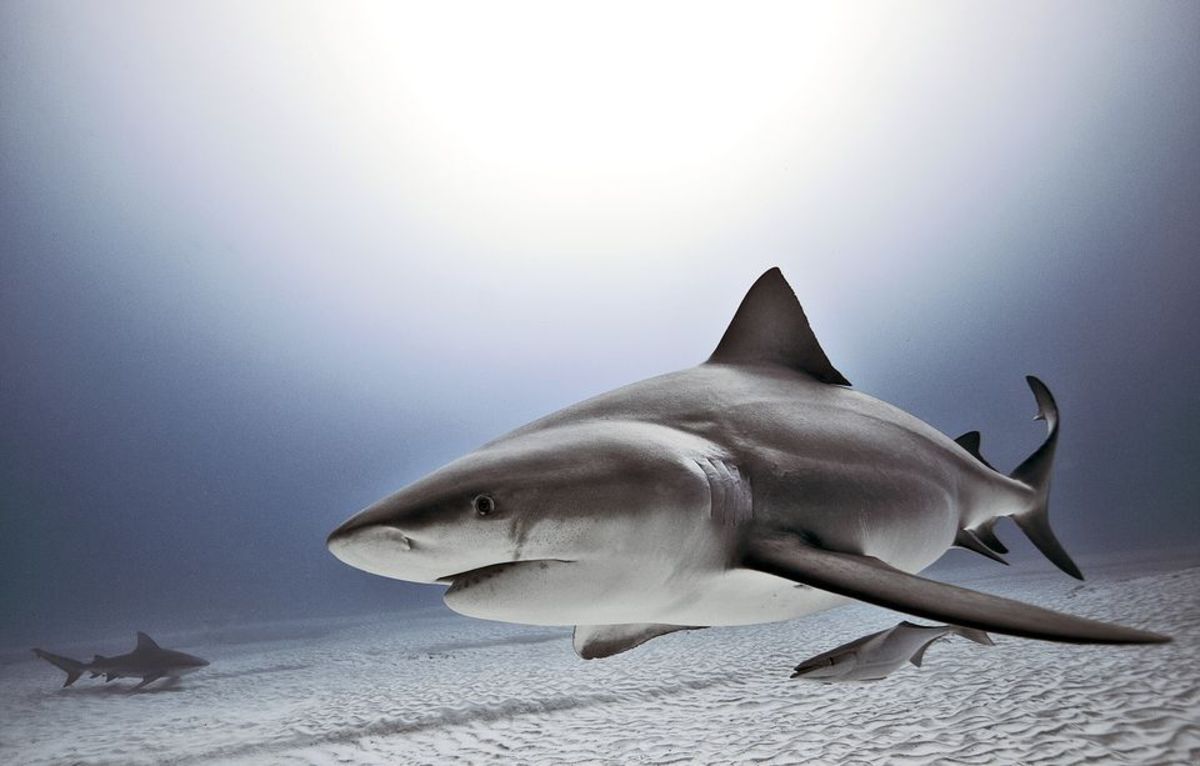- HubPages»
- Education and Science»
- Life Sciences»
- Marine Biology»
- Marine Life
What Whales Look Like From the Sky: 11 Incredible Aerial Photos
Everyone knows what whales look like, but very few people have seen them from the air! If you’re lucky, you’ll have the chance to hop on a whale watching boat and see them up close and personal. But seeing them from a research plane? Good luck. Or a satellite? Fat chance. These incredible photographs will give you a whole new perspective on these amazing creatures!
Southern Right Whales
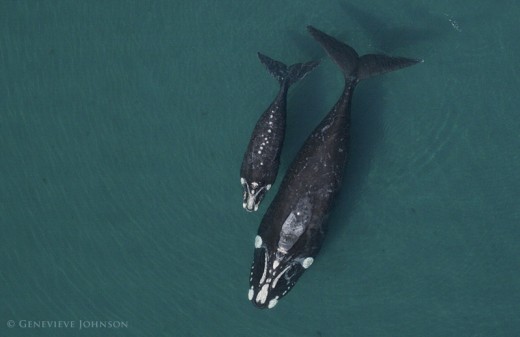
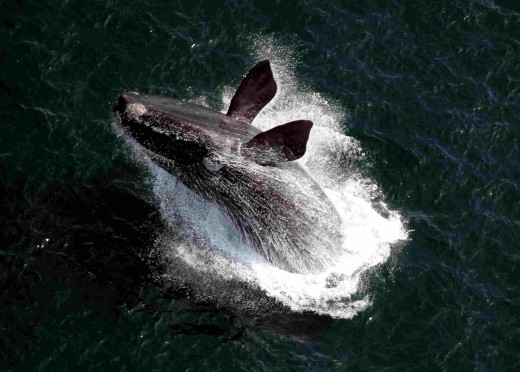
To scientists, these gentle giants are known as Eubalaena glacialis, meaning "True whale of the ice." Southern right whales spend their summers feeding in the waters around Antarctica. They migrate north in the winter to breed and can be seen off the coasts of Argentina, Chile, Brazil, Mozambique, South Africa and New Zealand. There are an estimated 7,000 southern right whales left in the world―an impressive fact considering they were nearly hunted to extinction in the most active years of the whaling industry. Even their name reflects their painful past: They’re known as “right whales” because they were the “right” whales to hunt, as they float when killed and are so friendly that they often swim right up to boats.
Antarctic Killer Whales
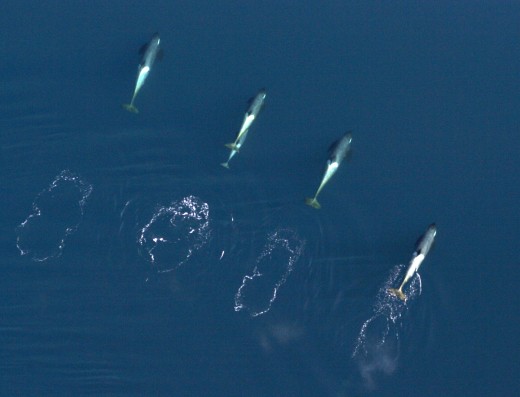
Killer whales are found in every ocean of the world, but the Antarctic population is by far the largest. There are three types in that region: ones who live offshore in ice-free water, ones who inhabit inshore waters near pack ice, and ones who inhabit inshore waters and pack ice.
Albino Humpback Whale
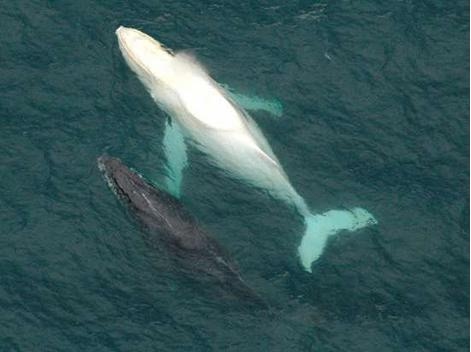
This albino (or hypo-pigmented, to be politically correct) humpback was given the name “Migaloo,” which means “White Fella” in the language of indigenous Australians. Migaloo spends his time along the east coast of Australia and is the only all-white humpback whale in the world. Despite his fame, he doesn’t have the easiest life. Due his lack of sun protection, recent photos show he may have skin cancer and/or skin cysts.
Blue Whale
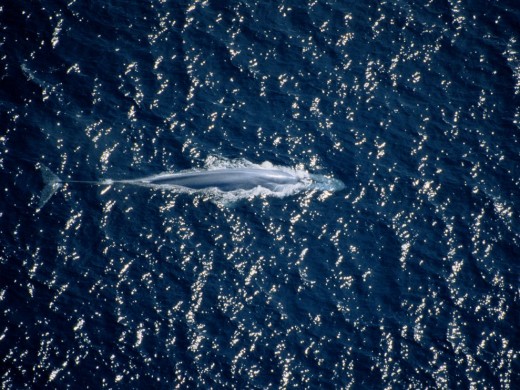
Blue Whale
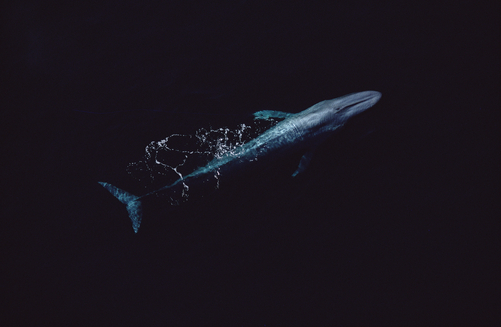
It’s hard to tell from these photos, but these blue whales are around 30 metres (98 feet) long! The first one was photographed in California’s Channel Islands, where groups of around 60 have been spotted. That’s really unusual, since there are only 1,300 to 2,000 left in the world! They were once considered too large to hunt, but when factory ships and harpoon guns were introduced in the 1920s, blue whales were almost hunted to extinction.
Sperm Whales
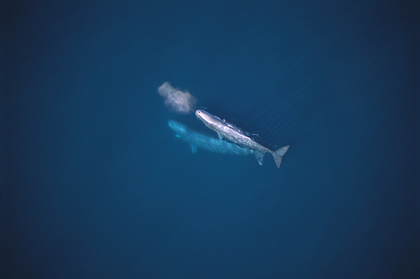
Sperm whales are found in every ocean, but they prefer ice-free water that is over 1000 metres deep. The feed on squid and fish and can dive up to 3 kilometres for a meal, which makes them the deepest diving mammal in the world. Another fun fact: Their heads make up ⅓ of their body length. Cute!
Humpbacks Bubble Net Feeding
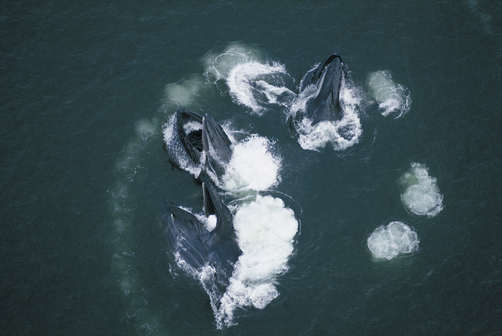
Humpbacks have many clever feeding techniques, including using bubbles to catch food. During bubble net feeding, a group of whales swims smaller and smaller circles around a school of prey and blows bubbles to confine them. If the humpbacks all cooperate, the “bubble net” can be as big as 30 metres (98 ft) in diameter! Once it’s complete, the whales swim up through the net and swallow thousands of fish in one hungry gulp.
Beluga Whale Pods
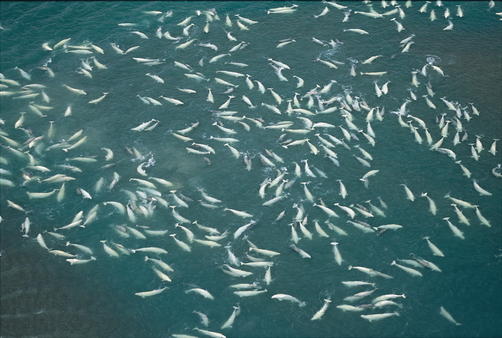
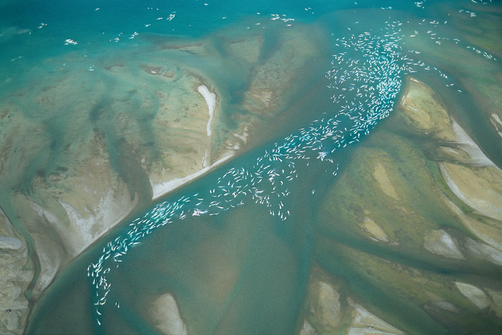
Due to their pretty white colour, belugas are one of the most familiar and easily recognizable whales in the world. As these photos show, they're incredibly social creatures that live together in groups called pods. They have a complicated vocal language and can even imitate sounds! Belugas whales are most commonly found in coastal Arctic waters, but they’re also found in subarctic regions.
Humpbacks from Space!
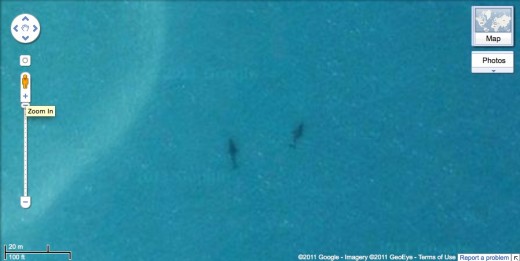
This incredible image was taken from a satellite! These have been identified as two humpback whales in Australia's Coral Sea.

